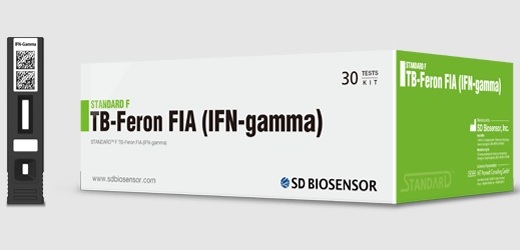PCR Test for Vaginal Pathogens Approved for Use
By LabMedica International staff writers
Posted on 03 Jul 2017
A molecular diagnostic test that identifies the three pathogens most commonly associated with vaginitis has been approved for sale as a diagnostic tool in the United States.Posted on 03 Jul 2017
The test employs real-time polymerase chain reaction (PCR) methodology to amplify large amounts of specific DNA sequences from the three most common causes of vaginitis (bacterial vaginosis, vulvovaginal candidiasis, and trichomoniasis) from patient samples, then reads either a positive or a negative result based on whether enough DNA was present to indicate infection.

Image: The BD MAX Vaginal Panel is designed for use with the BD MAX system (Photo courtesy of BD Diagnostics).
Investigators at Johns Hopkins University (Baltimore, MD, USA) developed the test, which was subsequently licensed for marketing by BD Diagnostics (Franklin Lakes, NJ, USA) under the name BD MAX Vaginal Panel for use with the BD MAX System. The BD MAX System offers an efficient path to improved clinical outcomes by combining and automating extraction and thermocycling into a single platform capable of running both FDA-cleared and open system assays.
A study was designed to evaluate the clinical accuracy of the investigational test for vaginal swabs collected by patients (self) or clinicians. The women collected a vaginal swab, sheathed, and then handed it to the clinician. These swabs were to evaluate how self-collected swabs compared with clinician-collected swabs. The clinician collected an investigational test swab and reference test swabs. Clinician-collected and self-collected vaginal swabs from 1,740 symptomatic patients were evaluated by the molecular test and six other tests.
Results from self-collected swabs were similar to clinician-collected swabs. Further analysis of the results showed that the molecular-based test using vaginal swabs collected by clinicians or patients could accurately diagnose most common bacterial, fungal, and protozoan causes of vaginitis. These results contributed to the decision by the [U.S.] Food and Drug Administration to issue 510(k) approval for marketing the test as a diagnostic tool in the United States.
“Diagnostic tests traditionally used to distinguish among the causes of vaginitis are archaic, quite subjective, and time-intensive, plus they require extensive training for those reading the results,” said first author Dr. Charlotte Gaydos, professor of medicine at Johns Hopkins University. “Labs must grow cultures, conduct microscopic studies of cells for infection and even smell samples in what is commonly known as the “whiff” test to help differentiate among possible causes and select the proper treatment. The new test is objective. Either the DNA of the causative agent is there or not; no gray area.”
The sample collection study was published in the June 8, 2017, online edition of the journal Obstetrics & Gynecology.














